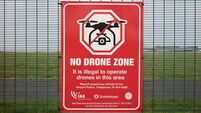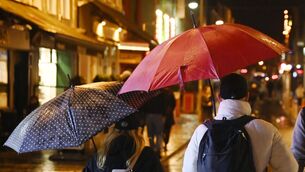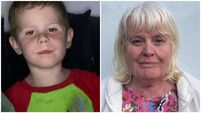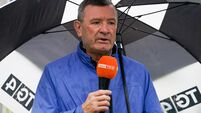Women better educated but have less power
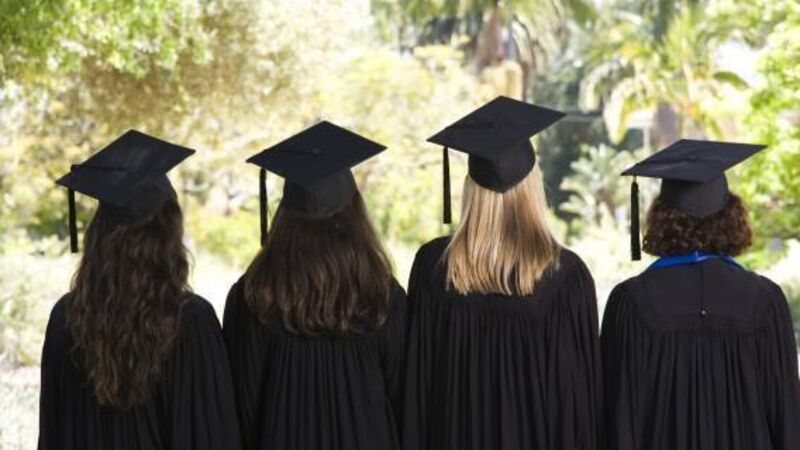
More than half of women aged between 25 and 35 have a third-level qualification, compared with just over four out of 10 men, according to the report Women and Men in Ireland 2013, published by the CSO yesterday.
However, men are more likely to be in the labour force and those looking after home/family are overwhelmingly female.








